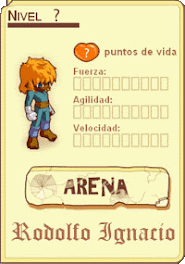In the earliest days of computerized business applications, all processing took place on mainframes, with the client having no role other than to display information from the server and accept user input. This was largely dictated by the high cost of processing power. It simply was not affordable to spread powerful clients throughout the enterprise, so all processing was consolidated, and "dumb terminals" provided the user interaction.
As memory and processing power became cheaper, dumb terminals were replaced by microcomputers (or personal computers). With the added power available, more desktop applications, such as word processors and spreadsheets, could run stand-alone, so no server was necessary. One challenge faced by organizations with microcomputers was a lack of centralized data. Although the mainframe era had everything centralized, the age of the microcomputer distributed everything, adding many challenges for centralizing business rules and synchronizing data across the enterprise.
To help resolve this issue, several vendors released platforms that sought to combine the strengths of the microcomputer with those of the mainframe, which led to the birth of client/server systems. These platforms afforded end users the power and ease of microcomputers while allowing for business logic and data to be stored and accessed from a centralized locationwhich solved the problems of the day. The new challenge introduced with the client/server systems was distribution. Any time changes needed to be made to client applications, IT departments had to manually reinstall or upgrade the software on every single desktop computer. Many companies found they needed a full-time staff whose primary responsibility was keeping the software on the end users' desktops current.

Computers have been playing a role in the business environment for more than four decades. Throughout that time, the roles of the client and server have been constantly evolving. As businesses and their employees have become more comfortable delegating responsibilities to computers, the look, feel, and architecture of computerized business applications have changed to meet the new demands. This evolving process continues today, as businesses are demanding faster, lighter, and richer Internet applications. In this lesson, you will learn about this evolving nature and understand the business requirements that push us to build rich Internet applications (RIAs).

comfortable, nature, capabilities, Foundation

For many of the same reasons why Laszlo was developed, Macromedia set forth on its own project to
create a more developer-friendly approach for building applications for Flash Player. In 2004, Macromedia released Flex 1.0 (followed by Flex 1.5 and Flex 2.0 in 2005 and 2006, respectively).
Architecturally, Flex applications are similar to Ajax applications, in that both are capable of dynamic updates to the user interface, as well as the ability to send and load data in the background.


